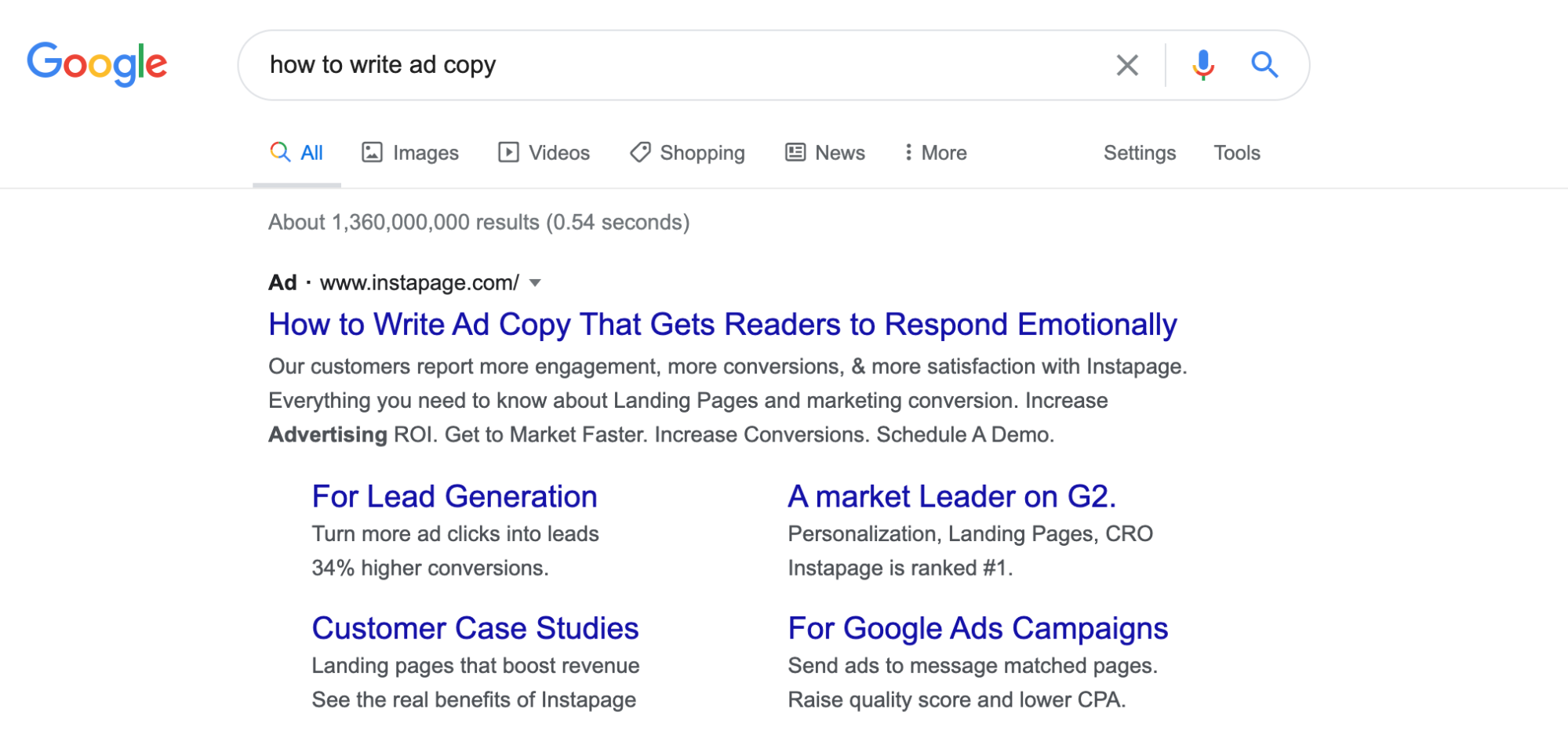Introduction to Google Ads Headlines
Creating a captivating ad headline is a game-changer in Google Ads. Picture this: your headline is like a shop window display—it needs to grab attention quickly. But what exactly makes a Google Ads headline effective? And why should you care about perfecting it? Let’s dive in!
What Are Google Ads Headlines?
Google https://kynewsdesk.com/ are the first thing people see when they come across your ad. They’re the brief, compelling text that appears at the top of your ad and plays a significant role in enticing users to click. A well-crafted headline can mean the difference between a high click-through rate (CTR) and an ad that fades into the background.
Why Are Headlines Crucial in Google Ads?
Think of your ad headline as your first impression. It’s like meeting someone at a party—if you don’t make a good impression right off the bat, you might not get a chance to chat further. The same goes for Google Ads. A compelling headline draws users in and encourages them to explore your offering.
Understanding Google Ads Headline Requirements
Getting to grips with Google Ads’ headline requirements is like knowing the rules of a game before you start playing. Here’s what you need to know.
Character Limits and Formatting Rules
Google Ads headlines have specific character limits—30 characters for each of the three headline fields. These limits might seem restrictive, but they’re designed to keep ads concise and impactful. Also, remember to capitalize the first letter of the first word in each headline, and avoid using excessive punctuation.
Best Practices for Ad Headline Structure
Structure matters. Effective headlines typically follow a pattern: they grab attention, highlight a benefit, and include a call to action (CTA). For instance, “Save 50% on Your First Order – Shop Now!” is structured to draw attention, offer a clear benefit, and prompt immediate action.
Crafting Compelling Headlines
Creating a headline that stands out involves a mix of creativity and strategy. Here’s how to get it right.
Know Your Audience
Understanding who you’re speaking to is crucial. Imagine you’re at a networking event; you wouldn’t talk to everyone in the same way. Similarly, tailor your headlines to resonate with your target audience’s needs and interests. Are they looking for discounts? Do they want solutions to their problems? Address these needs directly in your headlines.
Use Clear and Engaging Language
Clarity is key. Your headline should be easy to understand and immediately convey the benefit of clicking on your ad. For example, “Instant Weight Loss Tips – Get Fit Fast!” clearly communicates what the ad is about and entices users who are interested in fitness.
Incorporate Keywords Effectively
Keywords are the bridge between what users are searching for and what you’re offering. But be strategic—avoid stuffing your headline with keywords, which can make it look unnatural. Instead, integrate them seamlessly into a headline that remains engaging and relevant.
Create a Sense of Urgency
A little urgency can go a long way. Phrases like “Limited Time Offer” or “Don’t Miss Out” create a sense of urgency that can prompt users to act quickly. It’s like giving them a nudge to make a decision right now.
Test Different Variations
Testing is essential. Don’t settle for the first headline you come up with. Experiment with different variations and analyze which ones perform best. This is akin to trying different approaches in a conversation until you find what resonates most.
Examples of Effective Ad Headlines
Looking at examples can spark ideas and inspire creativity. Let’s explore some real-world examples and success stories.
Examples from Various Industries
In the retail industry, a headline like “Up to 70% Off Summer Sale – Shop Now!” grabs attention with a strong offer and clear CTA. For a tech company, “Upgrade Your Tech with 20% Off – Limited Time Only!” combines a benefit with a sense of urgency.
Case Studies and Success Stories
Case studies can be illuminating. For instance, a campaign for an online course might have seen a significant boost in CTR by changing their headline from “Learn to Code Online” to “Become a Coding Pro – Enroll Today!” This headline was more engaging and had a clearer benefit, leading to higher user engagement.
Avoiding Common Pitfalls in Ad Headlines
Knowing what to avoid is just as important as knowing what to do. Here are some common pitfalls to watch out for.
Overloading with Keywords
Keyword stuffing is a no-go. While including keywords is important, overloading your headline with them can make it look spammy and reduce its effectiveness. Aim for a natural flow that still incorporates relevant terms.
Misleading or Inaccurate Headlines
Honesty is crucial. Misleading headlines might attract clicks, but they’ll also lead to high bounce rates and damage your brand’s reputation. Ensure your headlines accurately reflect the content and offer.
Tools and Resources for Headline Creation
Several tools can make crafting headlines easier and more effective.
Google Ads Keyword Planner
The Google Ads Keyword Planner helps you find relevant keywords and understand their search volumes. It’s a valuable resource for crafting headlines that align with what users are searching for.
Headline Analyzer Tools
Tools like CoSchedule’s Headline Analyzer can evaluate your headlines’ effectiveness. They provide insights into how your headlines might perform, offering suggestions for improvement based on various factors.
Measuring the Success of Your Headlines
Once your headlines are live, measuring their success is key to refining your strategy.
Key Metrics to Monitor
Monitor metrics like CTR, conversion rate, and Quality Score. These indicators will show you how well your headlines are performing and whether they’re achieving the desired results.
Analyzing Performance and Making Adjustments
Regularly review performance data to identify what’s working and what isn’t. Use this information to tweak and optimize your headlines, ensuring they remain effective over time.
Conclusion
Crafting effective ad headlines for Google Ads is an art and a science. By understanding the requirements, knowing your audience, and continuously testing and optimizing, you can create headlines that not only capture attention but also drive action. Keep experimenting and refining your approach to stay ahead in the competitive world of online advertising.






More Stories